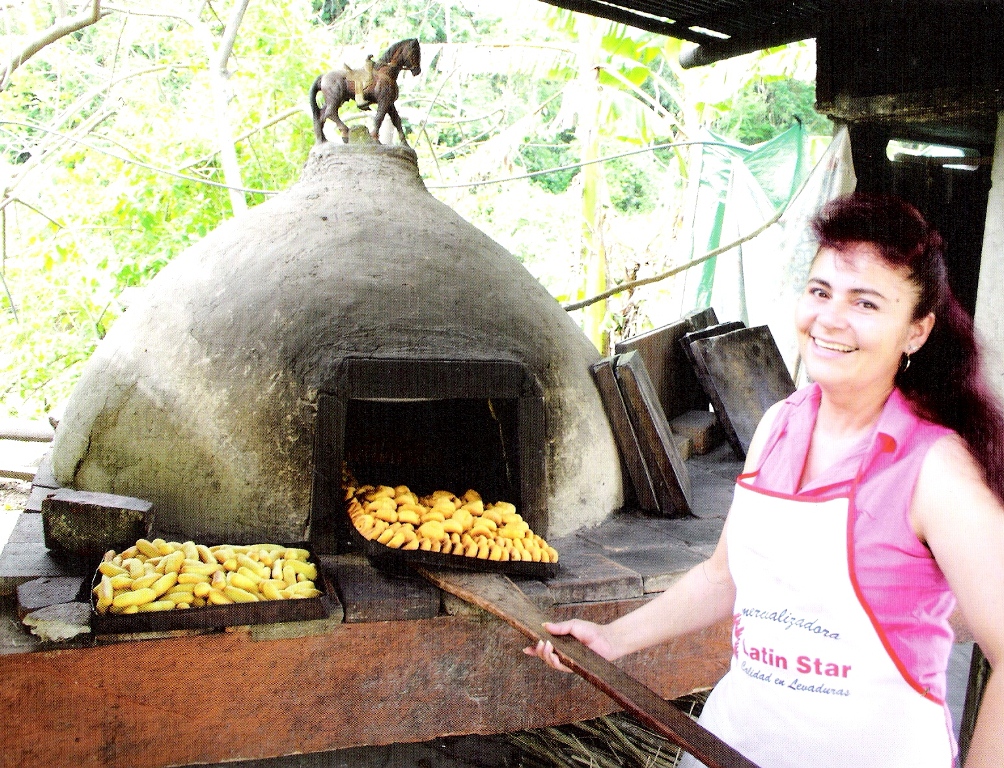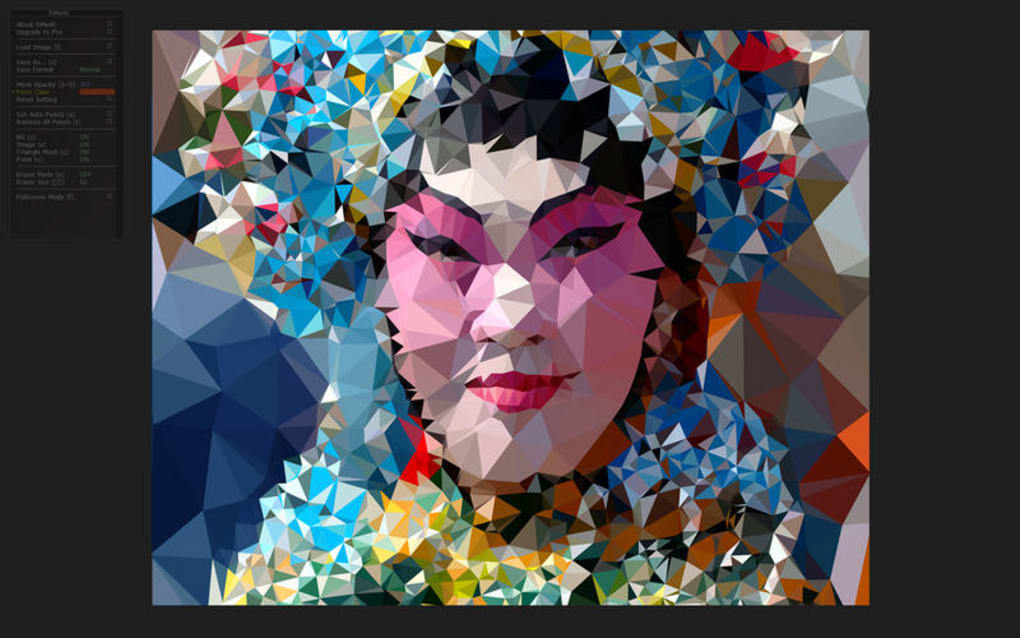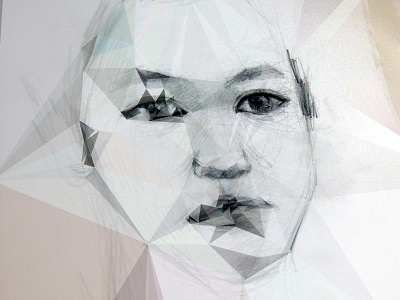
- Dmeshop
- Dm Eshop
- Dmesh App
- Dmesh Pro Osx
- Dmesh Pro Free
DynaMesh is ZBrush’s newest base mesh generation tool. DynaMesh is a perfect solution for free-form sculpting because it removes all need for focusing on topological constraints. This is an overview of the Overload DMesh Editor which comes delivered with the Level Editor 1 UI Overview 1.1 Editing modes: 1.2 Geometry Creation 1.3 Geometry Manipulation 1.4 View Settings 1.5 Colors 1.6 Poly Properties 1.7 Lights 1.8 Texturing 1.9 More Geometry 1.10 Miscellaneous 1.11 DMesh Browser Flip Poly Normal: Flips the visible side of the selected or marked polygons. Read Also: Manage Linux Files Effectively using commands head, tail and cat. Marmoset toolbag 2 crackexchangefree. List all Detected Devices. To discover which hard disks has been detected by kernel, you can search for the keyword “sda” along with “grep” like shown below.
On this page
Description

DMesh is a custom software which analyzes an image and generates triangle meshes with points automatically so that any one don't have any design background can makes creative and unique images using a reference image easily and quickly. Manual mode allows users to add more points to get detail or delete existing points to simplize. Even users can start from no point by removing all existing points.
- Rate:
- License:Freeware
- Category:Multimedia & Graphic Design
- Developer:Dofl Y. H. Yun
- Downloads:332
- Size:1024 Kb
- Price: Free
To free download a trial version of DMesh, click here
To visit developer homepage of DMesh, click here
Advertisement

System Requirements
DMesh requires Mac, Mac OS X.
Dmeshop
DMesh v.1.1 Copyright

Shareware Junction periodically updates pricing and software information of DMesh v.1.1 full version from the publisher using pad file and submit from users. Software piracy is theft, Using crack, password, serial numbers, registration codes, key generators, cd key, hacks is illegal and prevent future development of DMesh v.1.1 Edition. Download links are directly from our publisher sites. Links DMesh v.1.1 from Bittorrent, mediafire.com, uploadfiles.com, hotfiles.com rapidshare.com, megaupload.com, netload.in, storage.to, depositfiles.com and other files hosting are not allowed. The download file is obtained directly from the publisher, not from any Peer to Peer file sharing applications such as Shareaza, Limewire, Kazaa, Imesh, eDonkey, eMule, Ares, BearShare, Overnet, Morpheus, BitTorrent Azureus and WinMX.
Review This Software
This is an overview of the Overload DMesh Editor which comes delivered with the Level Editor
UI Overview[edit | edit source]
Editing modes:[edit | edit source]
- Mode: Poly or Vert selection modes.
- Scale: Mode to scale marked items. Use ‘All’ for uniform scaling, otherwise it is view direction dependent
- Pivot: Mode to select origin point for rotation and scaling
- Combine Planar Polys: Reduces the number of triangular polys into 4+ vertice polys. Used to reduce large large meshes.
- Import OBJ - New & Import OBJ - Replace: Neither of these commands function at this time
|
Geometry Creation[edit | edit source]
- Flip U & Flip V: This inverts the ENTIRE mesh (turns it inside out).
- Rotate mesh 90: rotates entire file 90 degrees clockwise about 0,0,0
- Center Mesh: centers entire mesh about 0,0,0
- TopLeftRightBottom Edge: Moves the entire mesh to one of the 4 sides of the 4x4 editing area from it’s last relative position
- Create Quad: draws a square box (2D) at elevation 0 using the values in Size X Radius & Size Y
- Create Box: draws a cube at elevation 0 using Size X, Size Y & Height
- Cyl XYZ : Draws a cylinder along the noted axis (XYZ) defined using Size XRadius and Height and Segments values
|
Geometry Manipulation[edit | edit source]
- Copy Marked PolysPaste Marked Polys: Same as Ctrl-CCtrl-V. Copies and pastes in place (superimposed)
- DupX DupZ: Mirror the selected polygons along the noted axis.
- Dup4 : Copies the marked polygons to create an array of 4 objects at 90 degrees to each other about the center of the work area
- Dup3 : Copies the marked polygons to create an array of 3 objects at 120 degrees to each other about the center of the work area
- Mark Untextured: Marks polygons with no texture assignment
- Mark Duplicates: Marks polygons that are superimposed
- Mark Connected: Marks polygons that are geometrically touching the selected polygon
- Mark CoPlanar: Mark polygons that are geometrically connected and within the angular tolerance of the CoPLanar Angle input box
- SpacingSnapWidth: All effect the grid display and snap increment for editing
- Snap Marked to Grid: Snap marked polygons to nearest grid point as defined by the Snap setting above
|
View Settings[edit | edit source]
- These settings are similar to the view settings in the Level Editor
|
Colors[edit | edit source]
| * Each dmesh file can have 4 colour assignments. Clicking within the color box and using the mouse button to slide the values left or right changes the colour. |
| * Colours can be copiedpasted within files and across files as well. These are used primarily for Lights (see note next section). |
Poly Properties[edit | edit source]
Dm Eshop
I have never been able to use these to colour polygons and then NOT have the level editor crash on startup when parsing the dmesh folder. So polygons likely need to be textured and not coloured I am assuming the color panel should only be used for lights and not polygon properties. Or perhaps I am doing something wrong. NO_COLLIDE & NO_RENDER apparently have some bearing on high-polygon count files, but these don’t appear to be set in any of the delivered files Alog. |
Lights[edit | edit source]
Similar to the 4 colours available in a decal, each decal can also have 4 lights assigned.
To add a light or turn one off (hide) double-click the Light n checkbox. These settings are similar to adding light entities in the level editor, with the exception of the Position & Rotation boxes which are used to locate the lights within the decal mesh file. Select the desired light and drag the mouse button left or right (or left-click and right-click) to move the values up or down in the Position & Rotation boxes. This updates the light glyph in the editor in real time. |
Texturing[edit | edit source]
- This is almost identical to the texturing panel in the level editor with the exception of a few additional shortcut buttons which make it easier than going into the UV editor
|
More Geometry[edit | edit source]
- VertXVertYVertZ: Line up all marked vertices with the selected vert along the axis noted. This can sometimes create zero area segments so use with caution. Should use Merge Overlapping Verts command after this command
- Smooth DiffSmooth Same: Used to smooth out the final mesh when compiled in the level, but makes editing extremely slow. Usually best to set this to zero while editing and then set it back to a higher number when saving.
- Vert Normals: Shows (or hides) the spline normals for the vertices. Not sure how useful it is, but there it is if that’s your thing….
- Extrude SelectedMarked: Same as Extrude in the level editor
- InsetBevel Marked: Similar to extrude, except the resulting poly is scaled down by the Inset Percent value to create a bevel
- Split Edge: Adds a vertice between 2 marked vertices. Can be useful when creating freeform geometry
- Split Polygon: Splits a polygon in 2 between 2 marked non-coincident verts (they can’t be right next to each other). Mark the top right and bottom left of a square, this will create 2 triangles (the quad split in 2)
- Bevel Edge: Takes 2 or more planar marked vertices, and generates polygons to create a bevel edge using the value of Bevel Width. Easiest approach is 2 verts at a time until you get proficient, but this is an easy way to round over square edges. The resulting polygons are untextured.
|
Miscellaneous[edit | edit source]
- Combine Marked Verts; Combines all marked verts into a single vertice, changing the polygon geometry. This is a quick way to turn a square into a triangle, or a cube into a pyramid for example. This can easily create some invalid geometry if you don’t pay attention
- Subdivide Marked Polys into Quads: Subdivides an existing polygon into smaller 4-sided quads where possible (basically adding polygon count). For example, turns a single square into 4 squares, or a triangle into 3 quads
|
- Switch Triangle Edges: Takes 2 adjacent triangular polygons and flips the matching side perpendicular to itself
|
- TriA - All Non-Planar: This takes any degenerated quads and subdivides them into triangular polys
- TriA - Marked Non-Planar: Same as above but only applies to marked polygons
|
- Triangulate Vert: Mark a polygon in POLY mode, then switch to Vert mode and select a vert. This is supposed to split the poly into triangles based on the selected vert, but sometimes it chooses a different vertice
|

- Triangulate Fan: This turns a quad into 4 triangular polygons.
|
Dmesh App
- Combine Two Polys: Combines 2 marked adjacent triangular polygons into a single polygon. This is similar to the Combine Planar Polys button in the Modes toolbox, except that works against the entire file
|
- Flip Poly Normal: Flips the visible side of the selected or marked polygons.
- Merge Overlapping Verts: Often used for cleanup where vertices are superimposed after editing
Dmesh Pro Osx
DMesh Browser[edit | edit source]
Launches a list view to browse dmesh files from disk. It has 2 options: Save & Load. By default Load is ON and Save is OFF. - With Load set to ON, whenever a mesh is selected in the browser it is auto-loaded.
- With Load set to OFF, the Load Selected button is enabled in order to load the selected mesh
- With Save set to ON any file loaded into the editor is auto-saved regardless of whether or not a change occurred. This is probably best left OFF (unless you want timestamp a bunch of files?)
|

Dmesh Pro Free
Retrieved from 'https://overload.fandom.com/wiki/Overload_DMesh_Editor?oldid=992'






